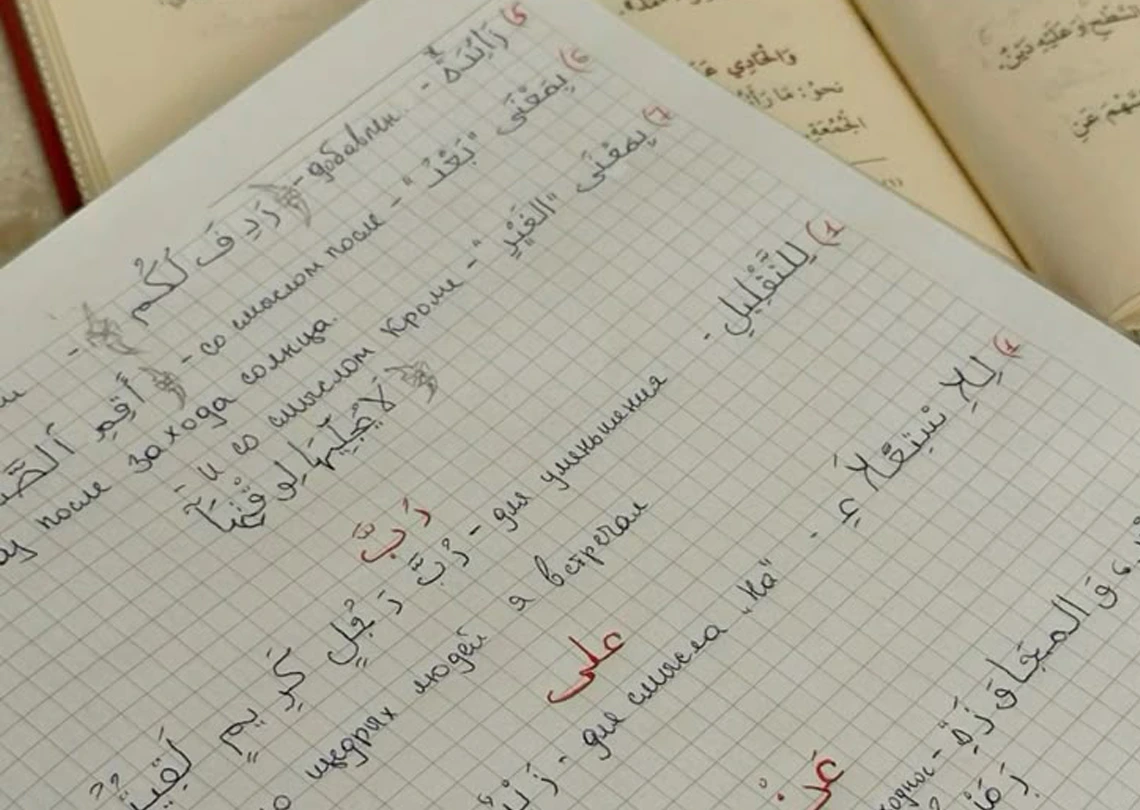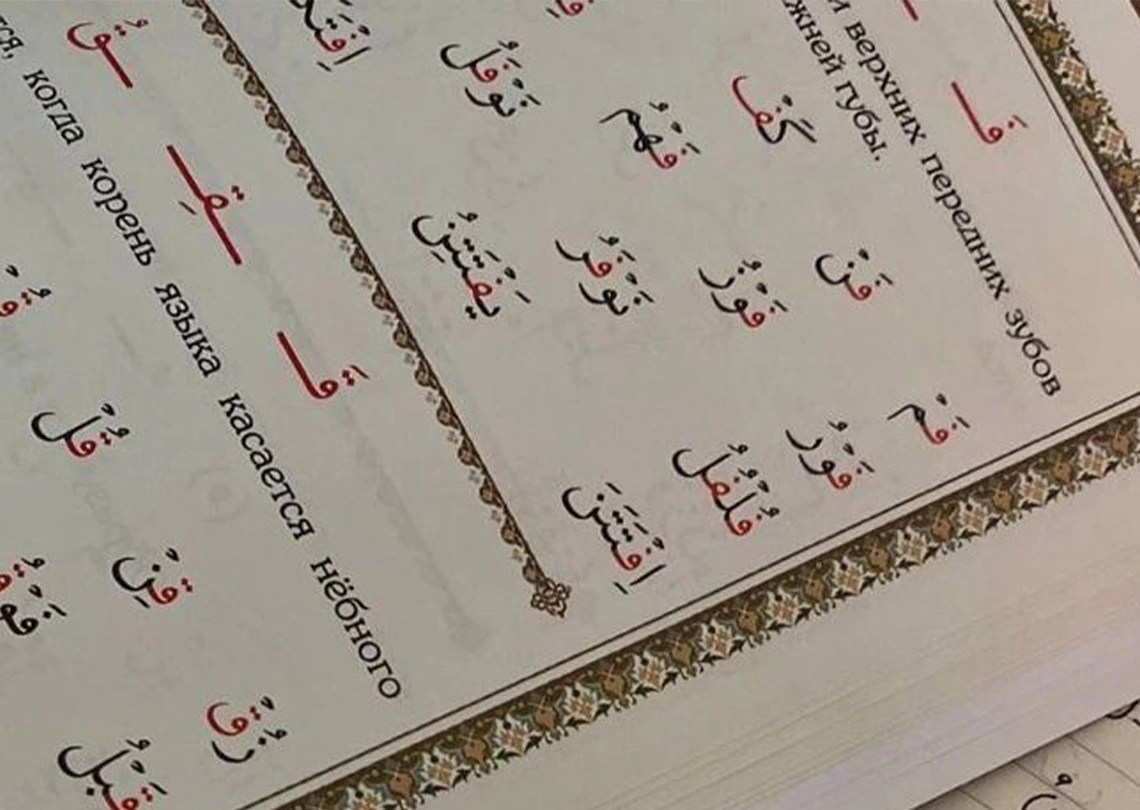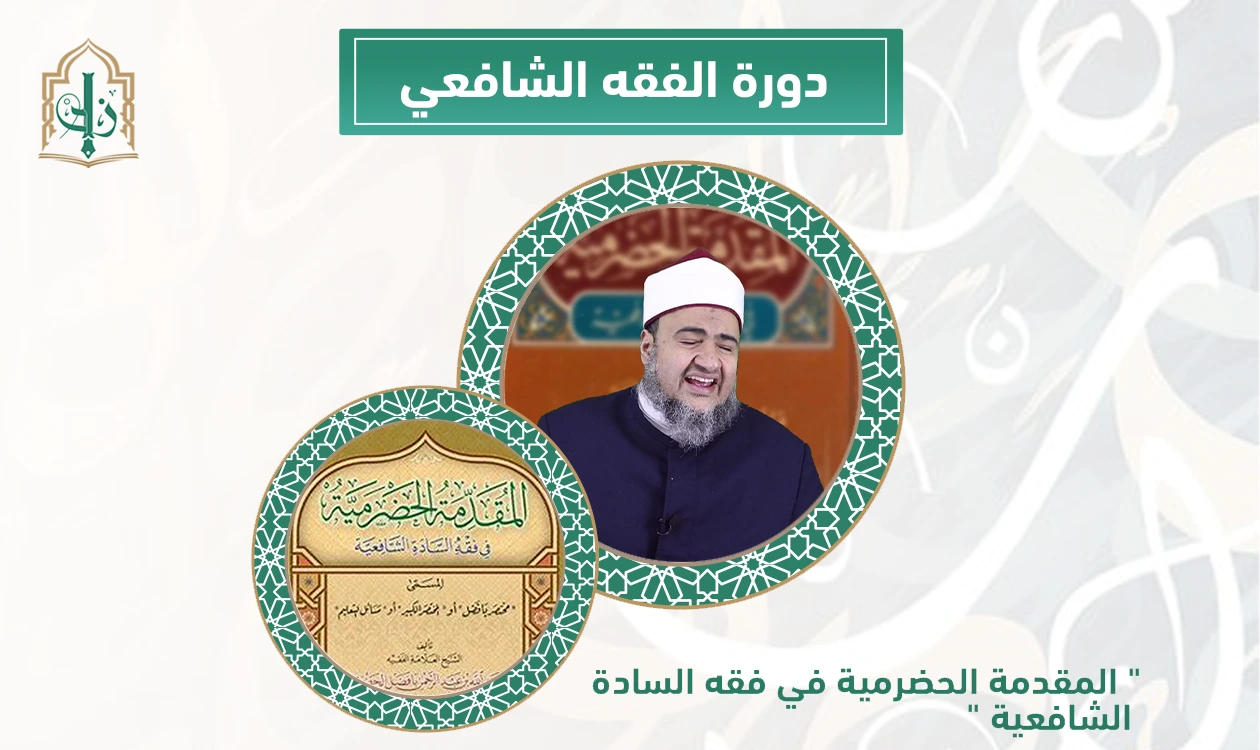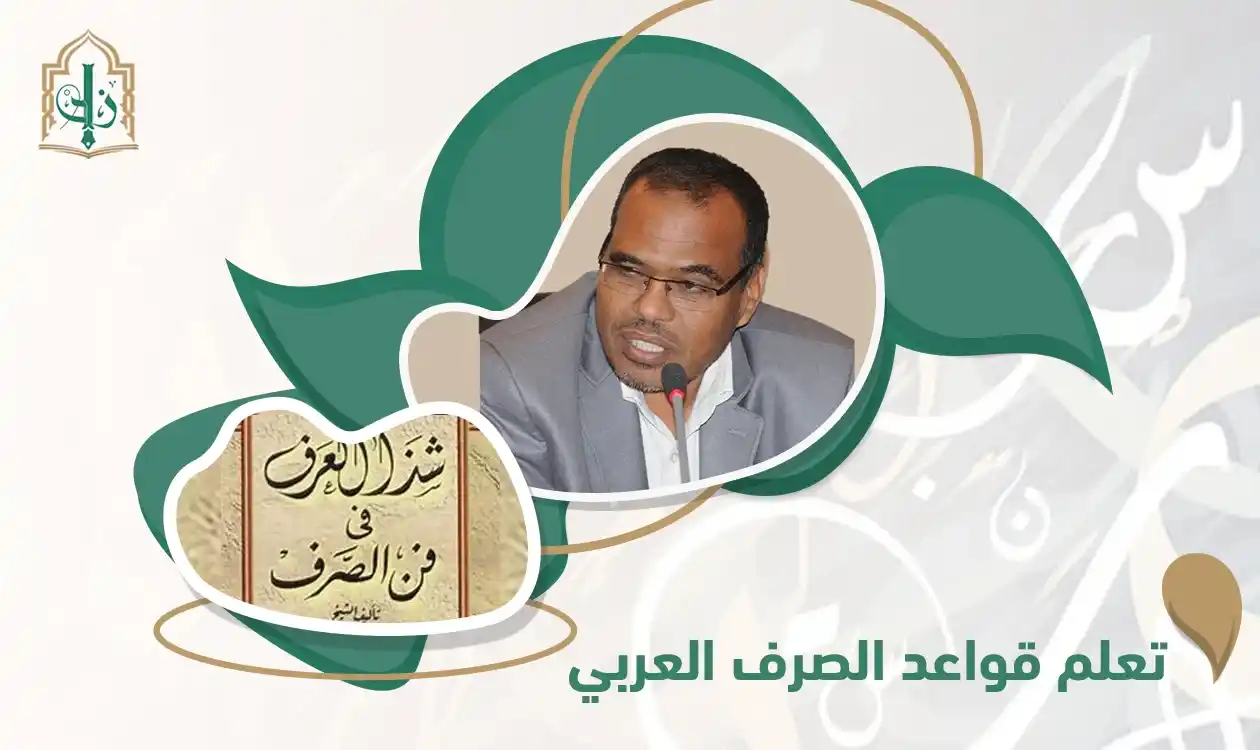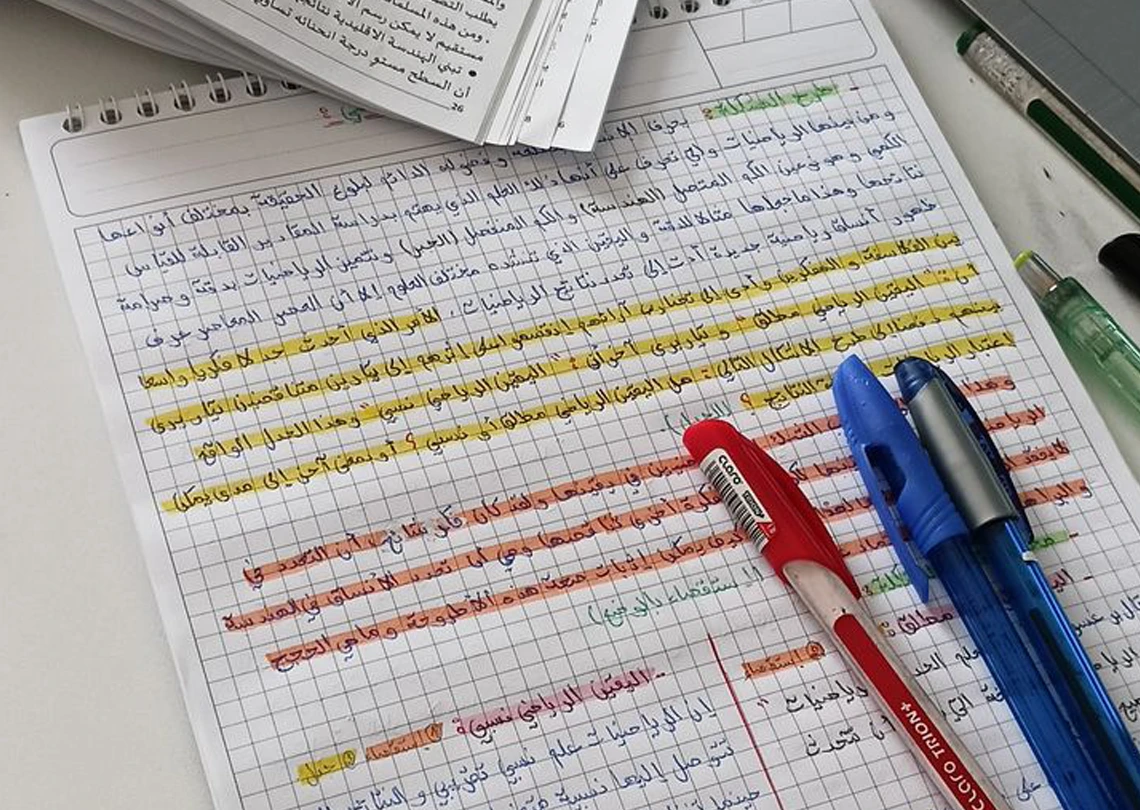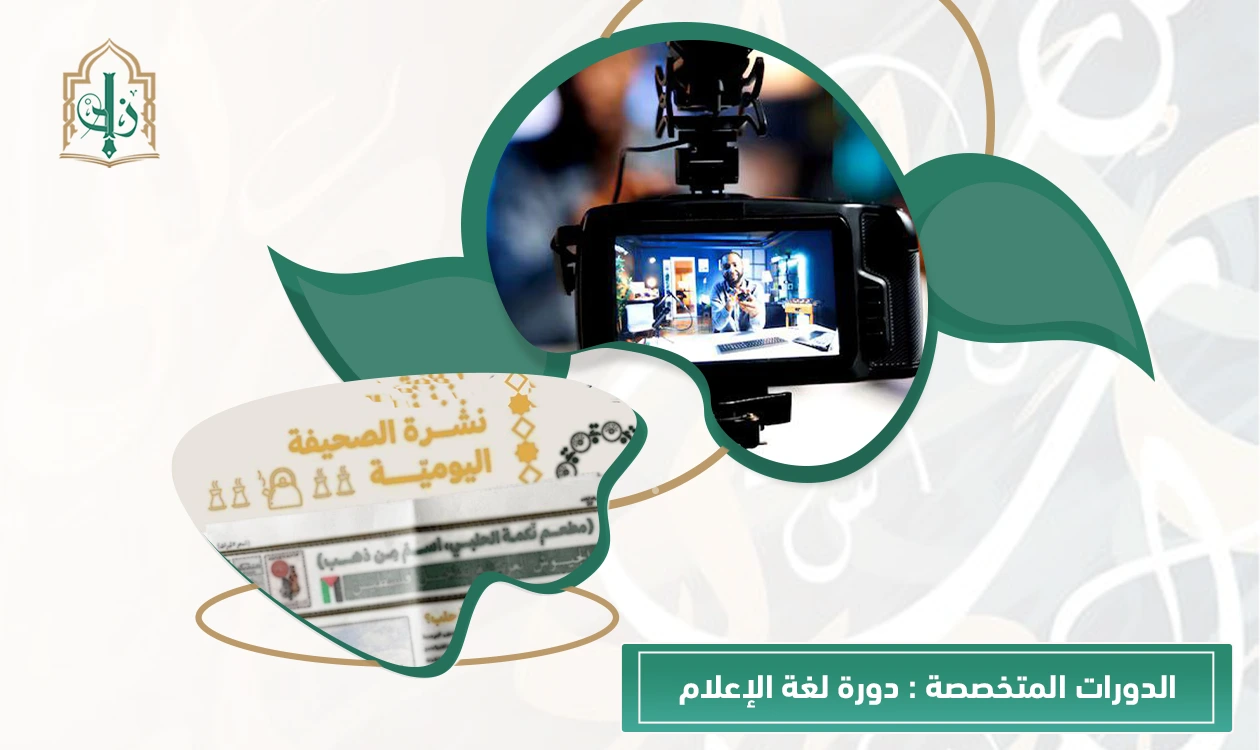-
27 Feb, 24
The Arabic Language: A Legacy of the Past and Prospects for the Future
The Arabic language is not just a means of communication; it is an identity and a civilization with deep historical roots. It has been the language of poetry, literature, science, and thought. Arabic is distinguished by its unique beauty, precise linguistic structure, and ability to adapt to changes over time, making it one of the richest and most influential languages in the world.
Characteristics and Features of the Arabic Language
- Rich Vocabulary and Precise Meanings
Arabic possesses an immense linguistic reservoir, with thousands of synonyms that differentiate between even the subtlest meanings. For instance, there are dozens of words for different stages of rainfall, such as "Radhadh" (drizzle), "Wadaq" (showers), and "Ghaith" (beneficial rain), providing unmatched expressive capability. - Derivation and Conjugation
The Arabic language is based on a root-based derivation system, making it flexible and capable of evolving. Many words can be derived from a single root, allowing the creation of new terms that align with modern developments, such as the word "Hasoub" (computer), derived from the verb "Hasaba" (to calculate). - Linguistic and Rhetorical Excellence
Arabic is known for its eloquence, incorporating literary devices such as rhyme, alliteration, antithesis, simile, and metaphor. This artistic depth makes it an enchanting language in literature and oratory, as seen in the Qur'an and classical Arabic poetry.
Arabic possesses an immense linguistic reservoir, with thousands of synonyms that differentiate between even the subtlest meanings. For instance, there are dozens of words for different stages of rainfall, such as "Radhadh" (drizzle), "Wadaq" (showers), and "Ghaith" (beneficial rain), providing unmatched expressive capability.
The Arabic language is based on a root-based derivation system, making it flexible and capable of evolving. Many words can be derived from a single root, allowing the creation of new terms that align with modern developments, such as the word "Hasoub" (computer), derived from the verb "Hasaba" (to calculate).
Arabic is known for its eloquence, incorporating literary devices such as rhyme, alliteration, antithesis, simile, and metaphor. This artistic depth makes it an enchanting language in literature and oratory, as seen in the Qur'an and classical Arabic poetry.
Arabic in Science and Civilization
During the Golden Age of Islamic civilization, Arabic was the language of science and knowledge, contributing significantly to various fields. Some of the most renowned scholars who wrote in Arabic include:- Ibn al-Haytham in optics.
- Al-Razi in medicine and pharmacy.
- Al-Khwarizmi in mathematics.
- Al-Kindi in philosophy and logic.
Arabic played a crucial role in transmitting knowledge from ancient civilizations to the modern world, as many Arabic works were translated into Latin and contributed to the European Renaissance.
Challenges Facing the Arabic Language
Despite its historical richness, Arabic faces several modern challenges, including:- Foreign Linguistic Influence
Cultural globalization has led to the widespread use of foreign terms in daily life, affecting the purity of classical Arabic. - Decline in Scientific Research in Arabic
Foreign languages, especially English, dominate academic fields, reducing the volume of scientific production in Arabic. - Limited Presence in Technology
Most digital content is in English, making Arabic less visible in fields like artificial intelligence and technological advancements. - Lack of Modernized Teaching Methods
Arabic language curricula need updates to make learning more engaging and accessible, especially for non-native speakers.
Cultural globalization has led to the widespread use of foreign terms in daily life, affecting the purity of classical Arabic.
Foreign languages, especially English, dominate academic fields, reducing the volume of scientific production in Arabic.
Most digital content is in English, making Arabic less visible in fields like artificial intelligence and technological advancements.
Arabic language curricula need updates to make learning more engaging and accessible, especially for non-native speakers.
Ways to Preserve and Develop the Arabic Language
To maintain the Arabic language’s significance and expand its use, several steps should be taken:- Promoting Arabic in Scientific Research by publishing academic studies in Arabic and supporting Arabic-language scientific journals.
- Enhancing Arabic Education with Modern Methods through digital tools and interactive learning strategies.
- Increasing Arabic Content on the Internet by translating scientific and technological articles into Arabic.
- Encouraging the Use of Classical Arabic in Media to ensure its continuity among new generations.
- Arabizing Scientific and Technological Terms to keep Arabic aligned with modern advancements.
The Arabic language remains a vibrant, eloquent, and expressive language. It is not merely a legacy of the past but a language with the potential to thrive in the future if given the necessary attention and support. Preserving and strengthening Arabic is a shared responsibility between individuals and institutions, as it represents more than just a means of communication—it is a symbol of identity, culture, and history.

“ The Arabic language is not just a means of communication; it is an identity and a civilization with deep historical roots. It has been the language of poetry, literature, science, and thought. Arabic is distinguished by its unique beauty, precise linguistic structure, and ability to adapt to changes over time, making it one of the richest and most influential languages in the world. ”







